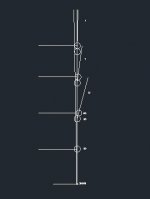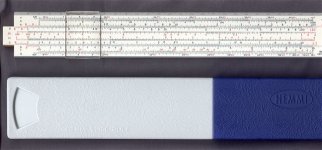Quote:
Originally Posted by ENGLISH! View Post
I do not need to get from you what I already knew & already know.
I do find it a bit interesting how you ignore & talk around some matters...
& only respond to what you choose...
The problem must be explained in a linear fashion. The only way I know to do it.
& you do not answer certain questions either.
Some of your questions pertain to objection #11. We can discuss that later afer #6 is resolved.
That is typical CTEer tactics.
Only been here a few months.
Look. You do not need me for this. Just show what you want to show & give the explanation.
Nope. This tour of Pivot Land is for you only. I thought you've been wanting to discuss this?
That is... Unless you joined AZB & opened this thread with just ME in mind.
I'm speechless but ..... I'm speechless
^^^^^^^^^^^^^^^^^^^^^^^^^^^^^^^^^
Your statements here simply do not add up. Not Kosher, so to speak.
So... explain it in a 'linear fashion". No one is stopping you.
But... If it's just for me then you DID open the thread with me in mind.
You don't want a discussion... You want to preach... or lecture in an arrogant condescending manner.
If you're so gun hoe to 'school' JUST & ONLY me... then do it in PM
Best Wishes for You & Yours
Originally Posted by ENGLISH! View Post
I do not need to get from you what I already knew & already know.
I do find it a bit interesting how you ignore & talk around some matters...
& only respond to what you choose...
The problem must be explained in a linear fashion. The only way I know to do it.
& you do not answer certain questions either.
Some of your questions pertain to objection #11. We can discuss that later afer #6 is resolved.
That is typical CTEer tactics.
Only been here a few months.
Look. You do not need me for this. Just show what you want to show & give the explanation.
Nope. This tour of Pivot Land is for you only. I thought you've been wanting to discuss this?
That is... Unless you joined AZB & opened this thread with just ME in mind.
I'm speechless but ..... I'm speechless
^^^^^^^^^^^^^^^^^^^^^^^^^^^^^^^^^
Your statements here simply do not add up. Not Kosher, so to speak.
So... explain it in a 'linear fashion". No one is stopping you.
But... If it's just for me then you DID open the thread with me in mind.
You don't want a discussion... You want to preach... or lecture in an arrogant condescending manner.
If you're so gun hoe to 'school' JUST & ONLY me... then do it in PM
Best Wishes for You & Yours
Last edited:


